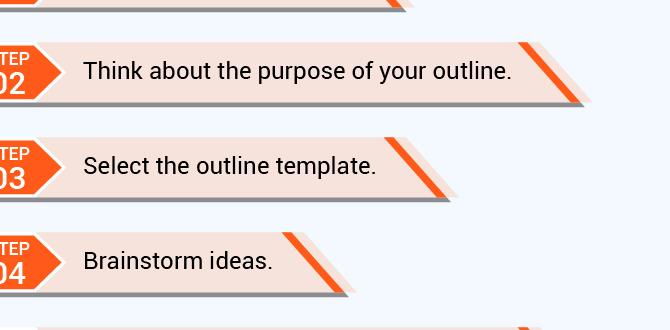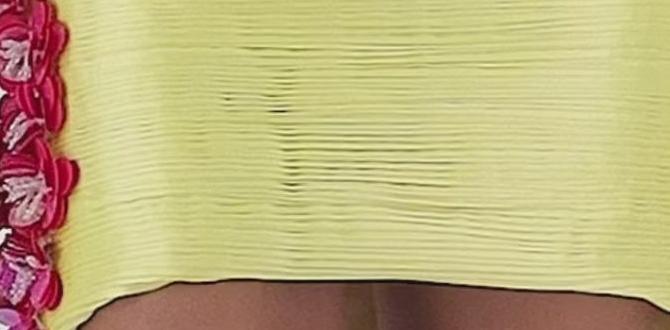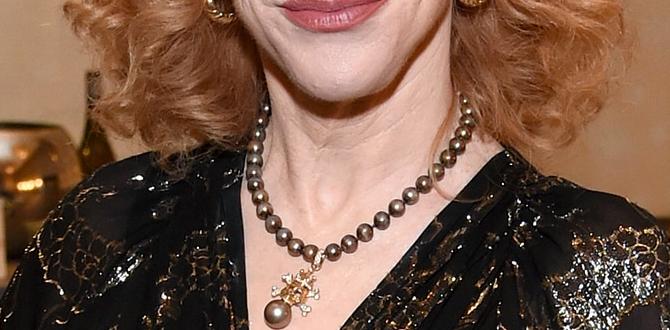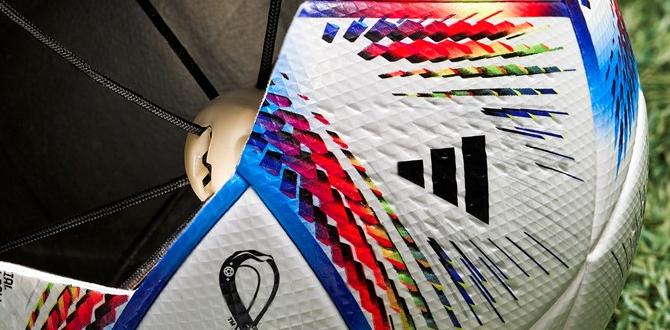Catching is arguably one of the most demanding and difficult positions in baseball. As a catcher, you must have exceptional physical abilities and the skills to lead and command the rest of your team on the field.
One crucial aspect of being a successful catcher is having the right gear that fits properly. Catcher’s gear offers protection, maximum mobility, and comfort, essential for performing at your best. However, finding the right size and fit for the catcher’s gear can be daunting, especially for those new to the position.
Here, we will provide catcher’s gear sizing and fitting tips and insights on proper mask size and fit catcher’s gear, ensuring you are well-equipped to excel behind the plate.
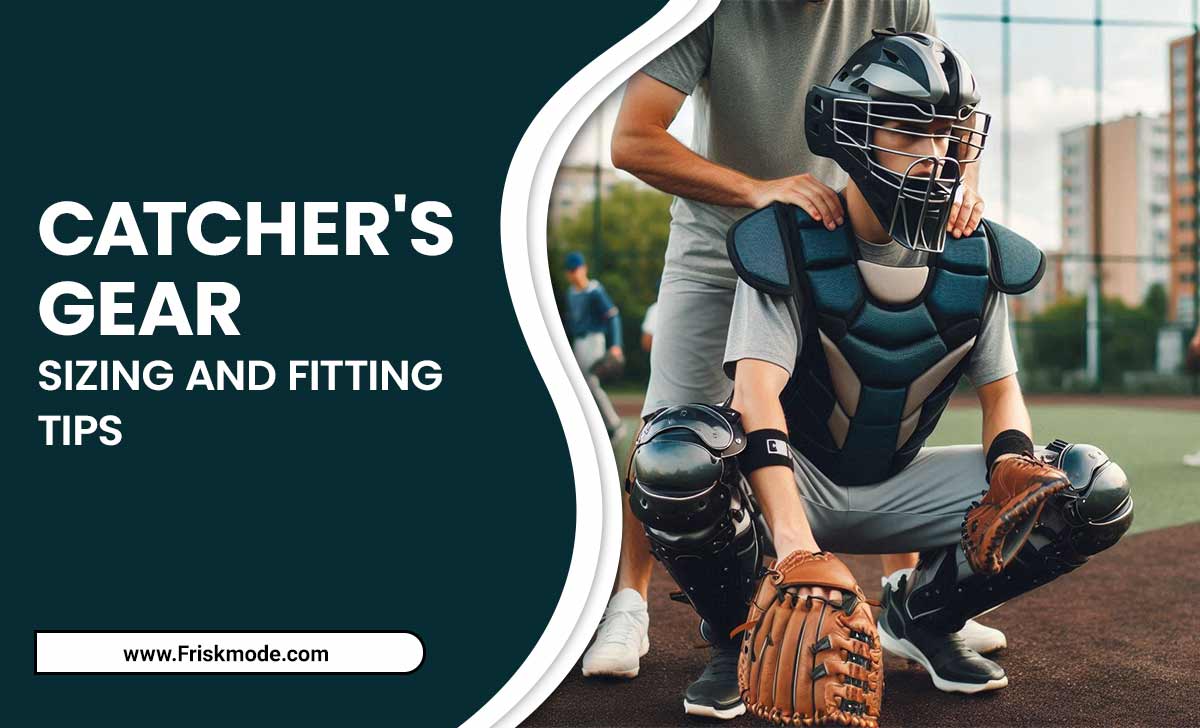
Importance Of Properly Fitting The Catcher’s Gear
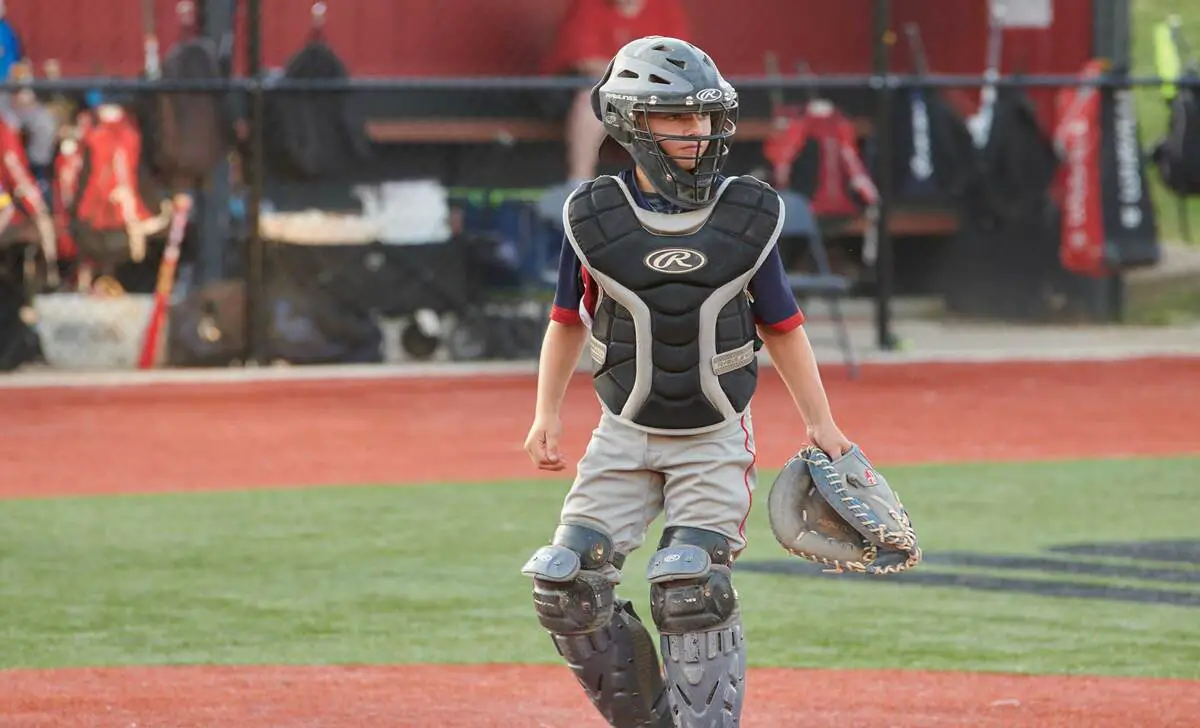
Properly fitting a catcher’s gear is of utmost importance for the safety and performance of a catcher. Ill-fitting gear can not only be uncomfortable but can also increase the risk of injuries. When selecting and fitting a catcher’s gear, there are a few key factors to consider. Firstly, the helmet should fit snugly and securely on the head, with the chin strap properly fastened.
The chest protector should cover the entire chest area and extend to protect the abdomen. It should allow for full age ranges of motion without being too restrictive. The leg guards should provide adequate leg coverage, including the knees and shins, while allowing mobility. Properly fitting a catcher’s gear is essential for a catcher’s safety and overall performance on the field.
Catcher’s Gear Sizing And Fitting Tips: A Complete Guide
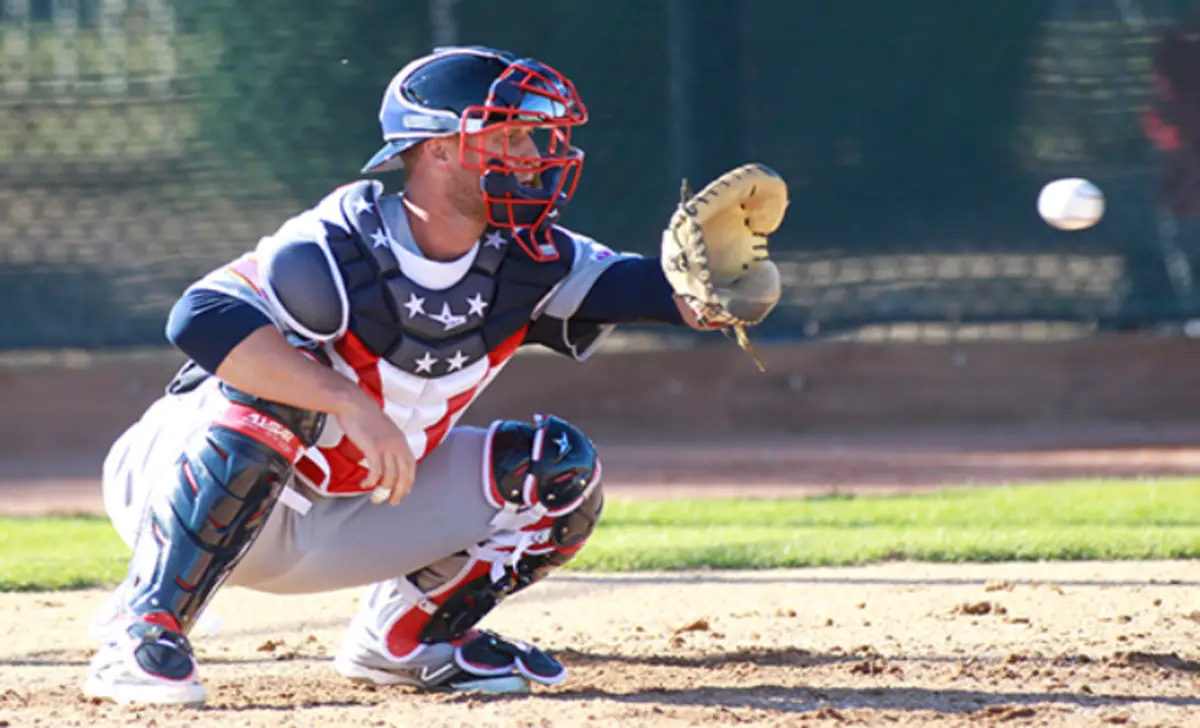
When buying catcher equipment, you should consider a few factors. One is the age of the player. Catcher’s gear sets are typically designed for youth players aged 9-12, intermediate players aged 12-15, and adult players aged 15+.
Catcher’s equipment includes a mitt, mask, chest protector, and leg guards, and one can also add accessories such as knee savers and throat protectors. To ensure a good fit, take a few minutes to ensure the gear fits properly and is comfortable.
A good way to check the size of the chest protector is to place it under your chest with your arms extended straight out from your body. It should comfortably fit around your chest with room to spare.
Also, ensure the batting helmet or traditional mask fits snugly and securely. Finally, be aware that you purchase the appropriate size of catcher’s gear set for your child. Ensure the chest protector and leg guards fit easily without gaps between the body and the gear.
Sizing And Fitting
Proper sizing and fitting of a catcher’s gear is crucial for the safety and performance of a catcher. Remember, properly fitted catcher’s gear is essential for protecting against injuries and maximizing performance on the field. Here are some tips to help ensure the gear fits the correct size:
- Measure for proper size: Use a measuring tape to measure the circumference of the player’s head, chest, waist, and leg.
- Consider growth and adjustability: Keep in mind that young players may still be growing, so it is important to choose gear with some room for growth or adjustable straps that can accommodate changes in size.
- Helmet fit: The helmet should fit snugly on the player’s head, with no gaps between the padding and their skull.
- Chest protector fit: The chest protector should cover the entire chest area and extend to protect the abdomen.
- Leg guard fit: The leg guards should cover from above the knee to the top of the foot.
- Proper strap adjustments: Ensure you properly adjust all straps to secure each piece of gear without being too tight or loose.
Expert Advice On Gear Fitting For Catchers
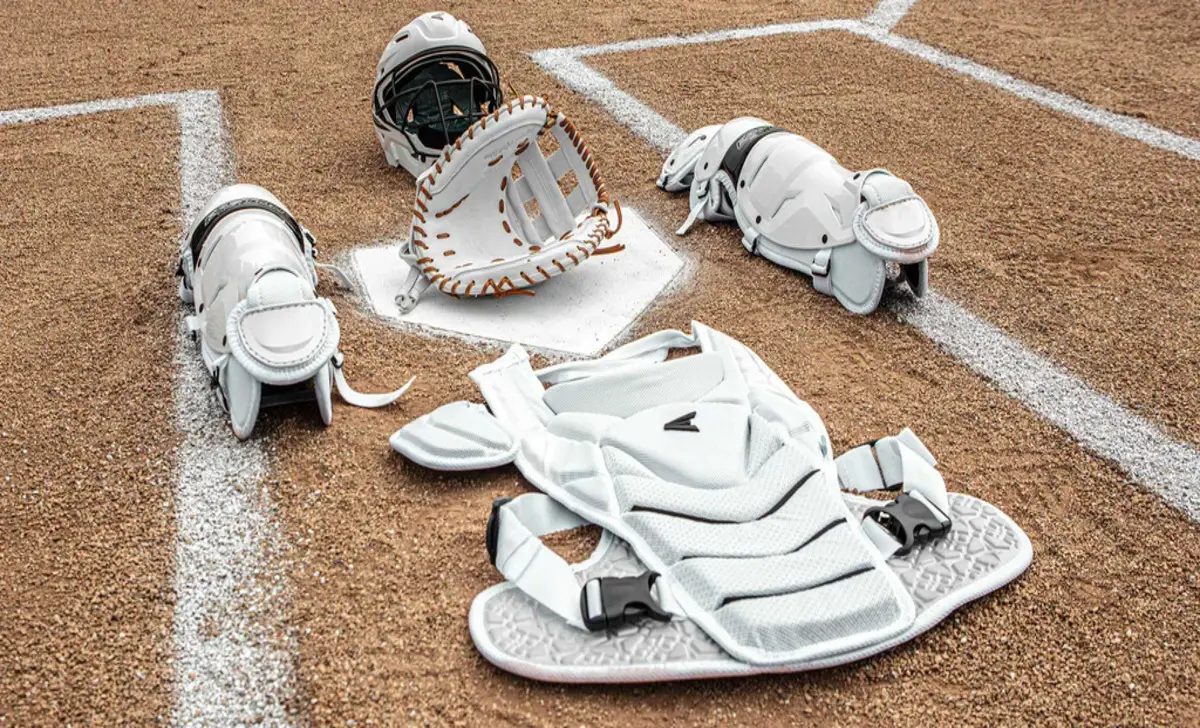
Ensuring the catcher’s gear fits properly is crucial to ensure maximum protection. For extra versatility, you can add accessories like knee savers and throat protectors to the set. When choosing a catcher’s gear, it is important to consider the player’s age and position.
Different sizes of catcher gear for youth Major League players, intermediate players, and professional players. If the catcher’s gear is too big, it can move around during play and expose areas that should be protected. Instead, choosing the right gear that fits comfortably and is protective is best.
This will help catchers stay safe on the field and perform at their best. Ultimately, choosing the right catcher’s equipment for each player requires careful consideration of their position and personal style.
Tips For Adjusting Catcher’s Gear

Properly adjusting the catcher’s gear is crucial for a comfortable and protective fit. Properly adjusting your catcher’s gear can enhance your comfort and safety while playing behind the plate. Here are some tips to help you adjust your catcher’s gear:
- Helmet: The helmet should fit snugly on your head, with the chin strap securely fastened. Make sure the helmet does not obstruct your vision or restrict your movement.
- Chest protector: Adjust the straps on the chest protector so that it sits securely on your chest and covers your vital organs. It should provide adequate excellent protection without restricting your mobility.
- Leg guards: The leg guards should cover your shins completely and be secured tightly with the straps. Ensure they do not interfere with your ability to crouch or move quickly.
- Knee savers: If you use knee savers, position them behind your knees to provide additional support and cushioning. Adjust them to a comfortable height that allows you to crouch without straining your knees.
How To Measure For The Perfect Fit
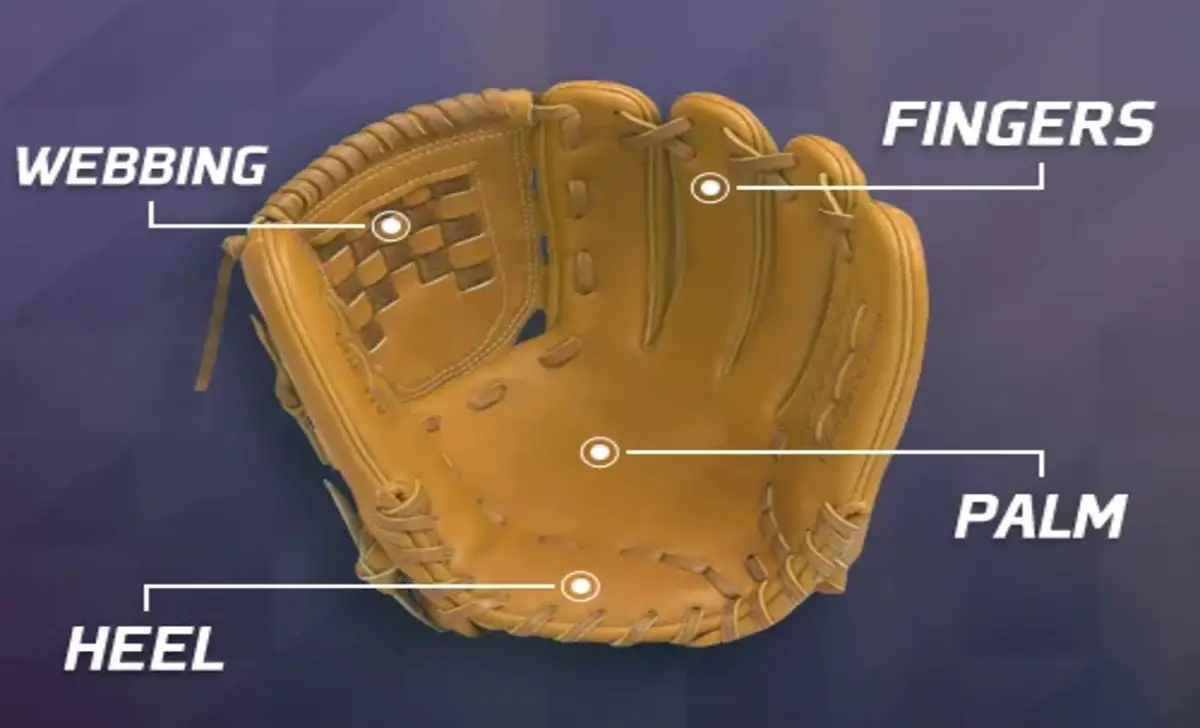
You can ensure you get the perfect fit by following a few easy steps when measuring for a catcher’s mitt. Start by measuring the circumference of the catcher’s hand using a tape measure. This should be taken around the widest part of the hand without exceeding the wrist or bending the finger.
The youth catcher’s mitts typically range from 31″ to 32″, and adult mitts measure from 32″ to 34″. Additionally, take into consideration the age of the catcher when purchasing gear. With youth catcher’s gear recommended for ages 9-12, intermediate for ages 12-15, and adult for age 15+, it is important to consider this when purchasing catcher’s gear.
Finally, be aware that catcher gear can be used interchangeably between baseball and softball, so purchase catcher equipment that fits your needs. Following these steps, you can easily find the perfect fit for your catcher’s mitt.
Benefits Of Professional Fitting For Catchers’ Gear
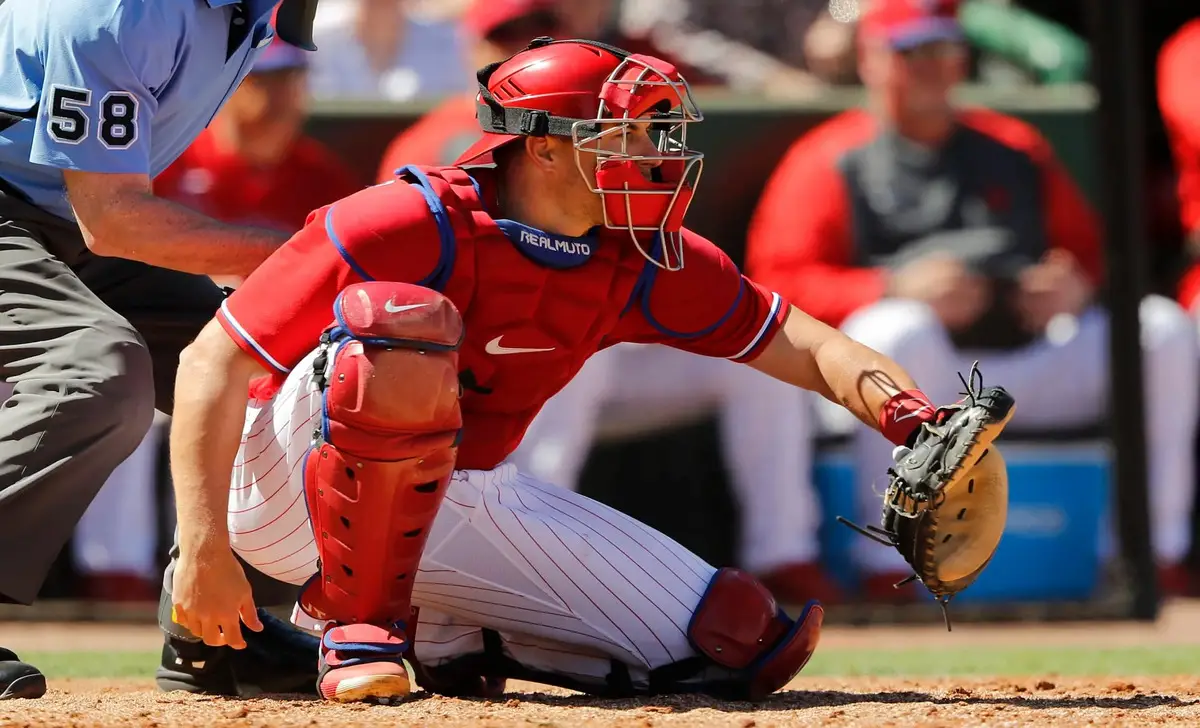
Professional Catcher’s gear sizing and fitting are vital to ensure proper fit, protection, and mobility. Professional equipment fitters ensure your gear is properly sized and fitted. An expert can size the gear based on your body measurements and adjust the fit to customize the gear for optimal comfort and performance.
This ensures that the catcher’s gear fits and moves as intended to protect against injury. – A professional equipment fitter can help with any customization or alterations, such as sewing patches or adding Velcro straps for increased mobility.
Finally, high-quality leather retains shape, allowing for secure catches and framing of pitches. By investing in a professional equipment fitter, you can get perfect fitting catchers‘ gear every time and avoid the hassle of constantly replacing your gear.
How To Properly Care For Catcher’s Gear

Catcher’s gear can be an investment, but it needs to be properly cared for to ensure the best possible protection and durability. After each game, remove all equipment from the bag to air-dry and use Clorox wipes to clean the helmet, chest protector, mask, and other pieces of catcher’s gear that get dirty.
Invest in the four main catcher gear pieces: a mitt, mask, chest protector, and leg guards. Also, consider investing in accessories such as knee savers and throat protectors. When shopping for catcher gear, make sure that the piece fits properly. Make sure to tailor the piece specifically for the size of the catchers, as they are typically smaller than other players on the field.
Larger pieces can slow down a catcher and expose certain areas to injury, so finding a piece that fits comfortably and securely without restricting movement is important. Finally, clean the catcher’s gear with a soft cloth and light detergent after each game to remove dirt and sweat. You can ensure the best possible protection during games by properly caring for your catcher’s gear.
Common Mistakes To Avoid When Fitting Catcher’s Gear
When fitting a catcher’s gear, it is important to avoid common mistakes that can compromise the safety and performance of the player. By avoiding these common fitting mistakes, catchers can ensure they have gear that provides maximum protection and comfort on the field. Here are some key tips to keep in mind:
- Avoid buying gear that is too big or too small. Proper fit is crucial for optimal protection and mobility.
- Pay attention to the helmet. It should fit snugly on the head, with the chin strap securely fastened. The helmet should not slide or move around during play.
- Ensure proper chest protector fit. It should cover the entire chest area and extend down to the waist. The collarbone and sternum should be well protected.
- Check leg guard length. They should cover the knees completely when squatting, with ample room for mobility.
- Don’t overlook the importance of a properly fitted glove. It should allow for a secure grip on the foul balls without any restrictions on movement.
Conclusion
Finding the right size and fit for your catcher’s gear is essential for comfort, safety, and optimal performance on the field. By following the sizing and fitting tips we’ve provided, catcher’s gear sizing and fitting tips, you can ensure that your gear fits properly and provides maximum protection.
Remember to take accurate measurements, consider your playing style and position, and try different options to find the best fit for you. Whether a beginner or a seasoned player, investing in properly sized catcher’s gear will enhance your game and keep you safe behind the plate. So don’t wait any longer; get out there and find the perfect fit for your catcher’s gear.
Frequently Asked Questions:
[rank_math_rich_snippet id=”s-5526ae28-0a53-4709-8eb5-109da9b5fe12″]

